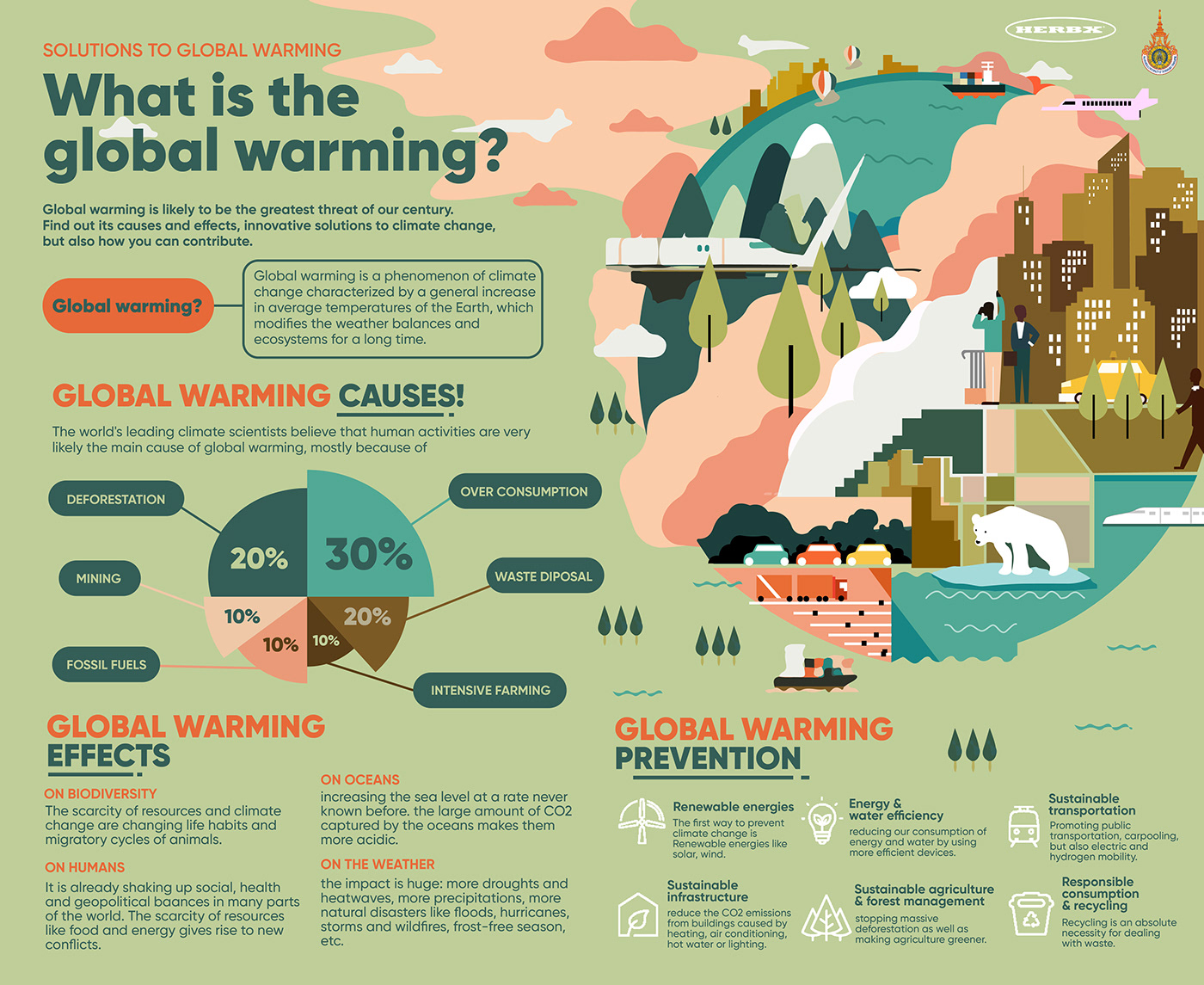CAIRO – 8 November 2022: There is no doubt that the rate of change in the climate since the middle of the 20th century has been unprecedented over thousands of years for several reasons, most importantly the increasing rates of fuel burning, logging and environmental pollution.
In the past 800,000 years there have been eight cycles of ice ages and warmer periods, with the last ice age ending about 11,700 years ago.
Marking the beginning of the modern climate era, most of these climate changes are attributed to tiny differences in the Earth's orbit that alter the amount of solar energy our planet receives.
According to NASA, the current warming trend is different because it is clearly a result of human activities since the mid-19th century and it is proceeding at a rate not seen over the last millennia. It is undeniable that human activities have produced atmospheric gases that trap more of the sun's energy in the Earth system.This additional energy has warmed the atmosphere, oceans and land, and large-scale and rapid changes have occurred in the atmosphere, oceans, cryosphere and biosphere.
Earth-orbiting satellites and new technologies have helped scientists see the big picture and collected different kinds of information about our planet and its climate around the world. This data, collected over many years, reveals signs and patterns of changing climate.

Scientists demonstrated the warming nature of carbon dioxide and other gases in the mid-19th century. The scientific tools that NASA used to study our climate focused on how these gases affect the movement of infrared radiation through the atmosphere. From the measured effects of increases in these gases it has been shown that there is no doubt that increasing levels of greenhouse gases are warming the Earth in response.
Ice core samples from Greenland, Antarctica and tropical mountain glaciers show that Earth's climate responds to changes in greenhouse gas levels. Ancient evidence can also be found in tree rings, ocean sediments, coral reefs, and sedimentary rock layers. This ancient evidence, or paleoclimate, reveals that current warming is occurring about 10 times faster than the average rate of postglacial warming. Carbon dioxide from human activities is also increasing at a rate about 250 times faster than it was from natural sources after the last Ice Age.
Comments
Leave a Comment